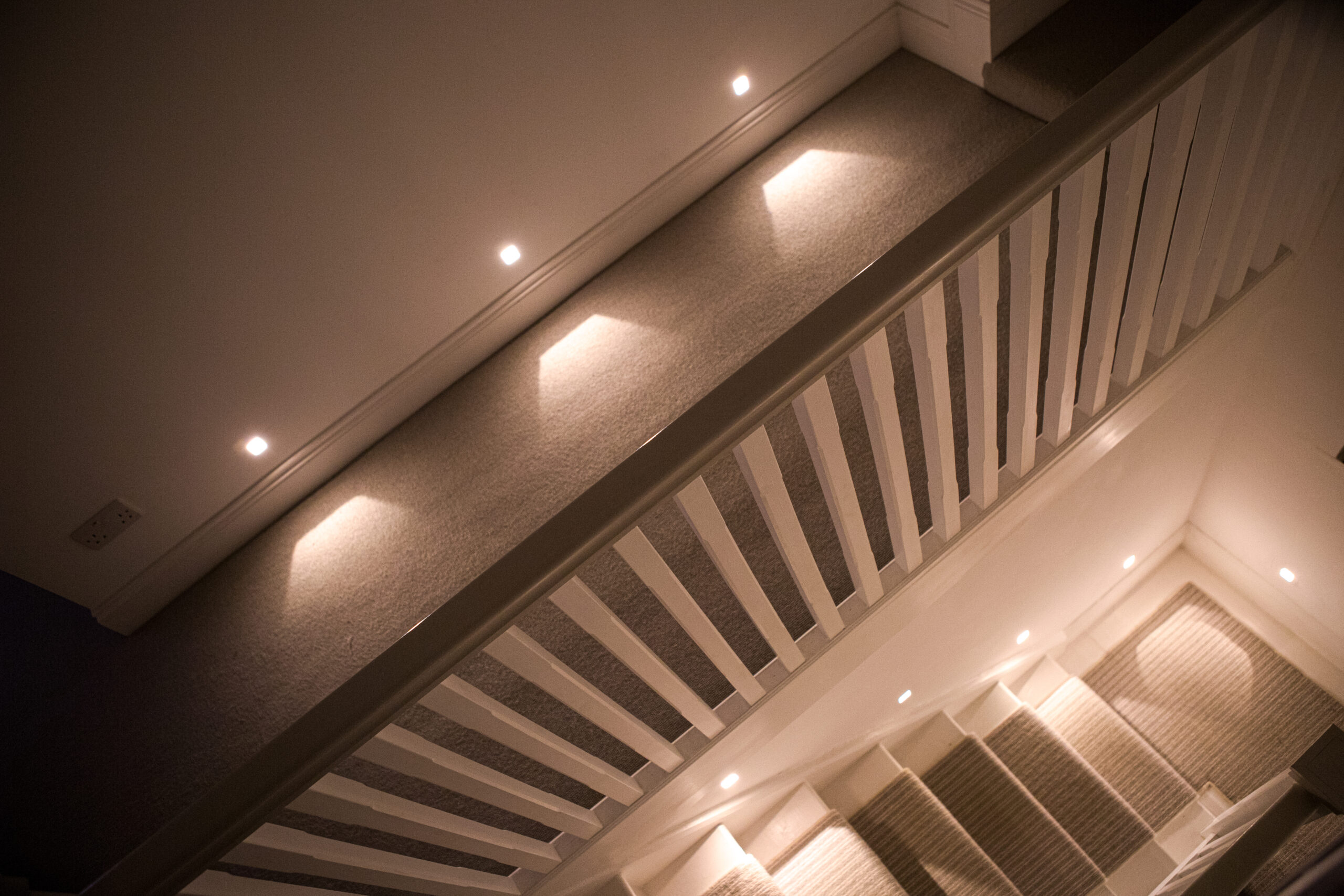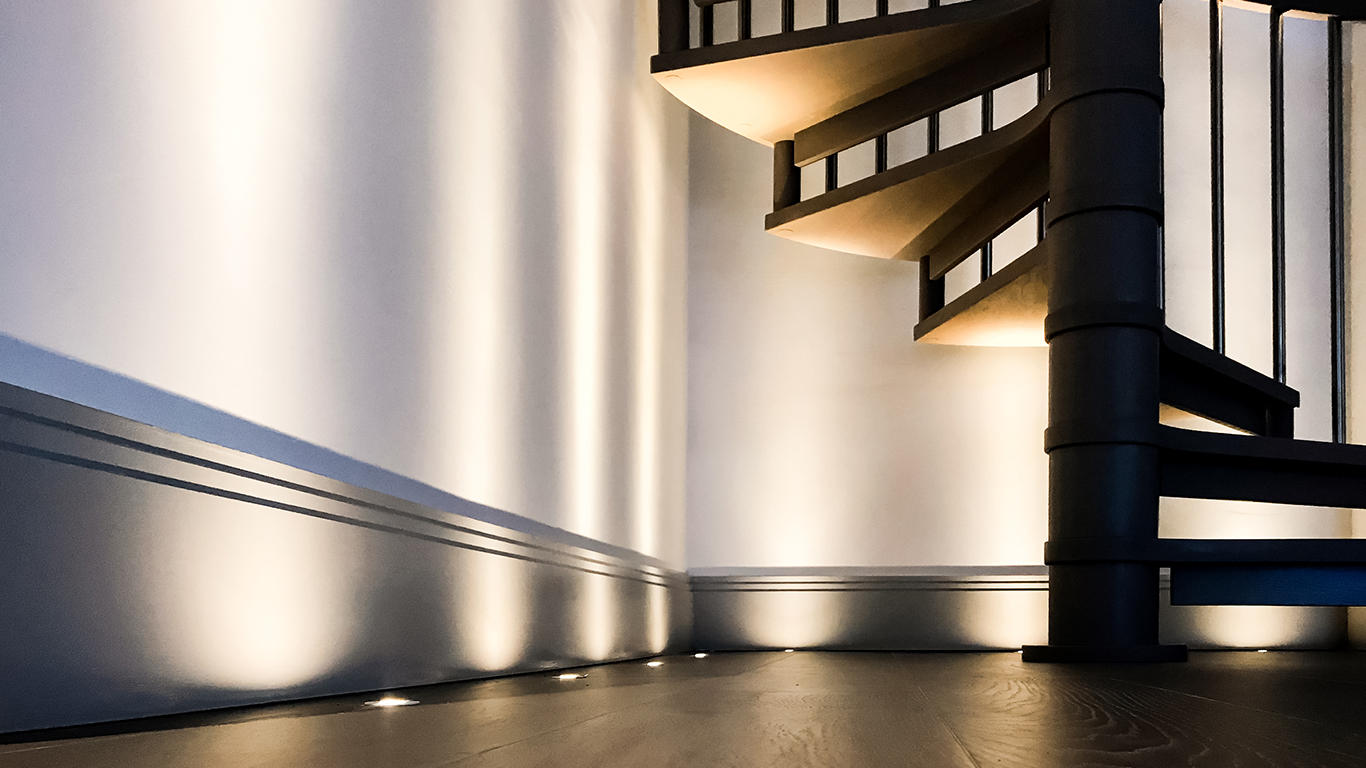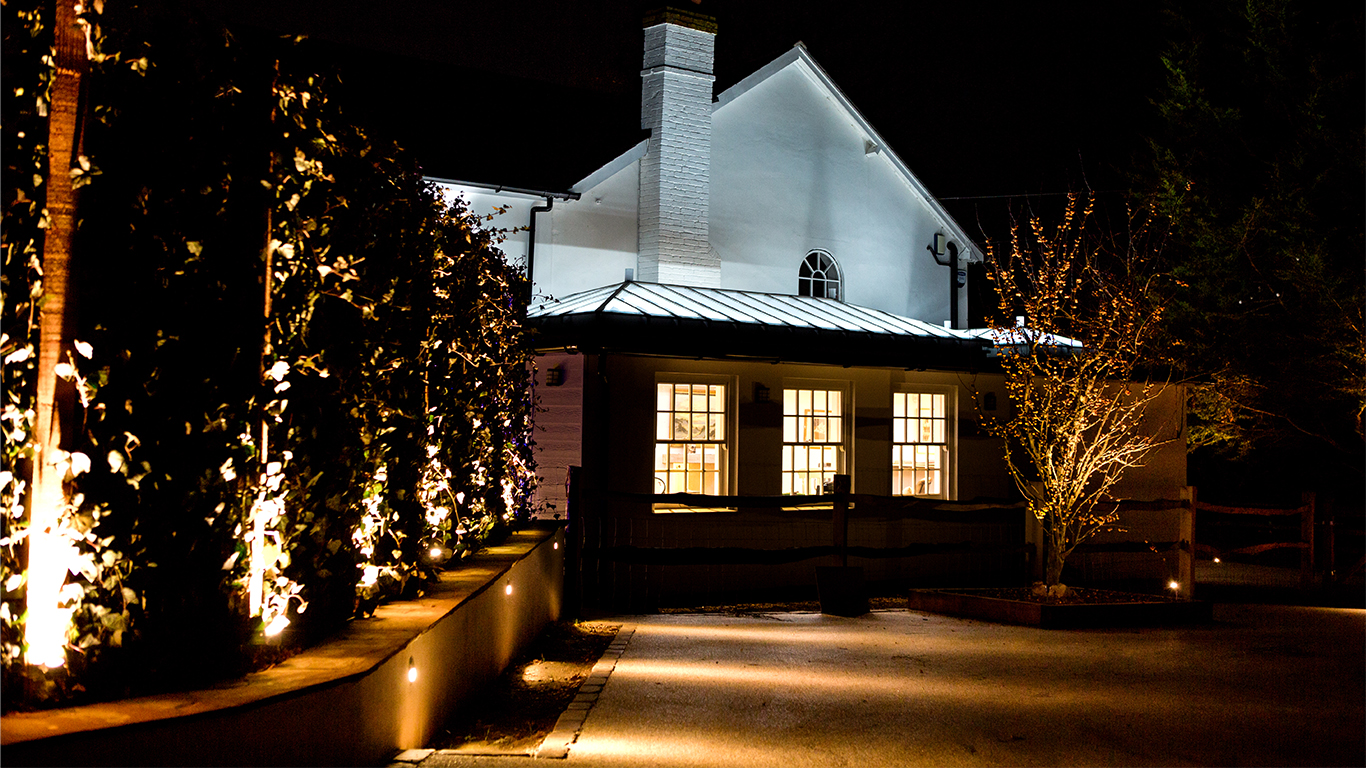When it comes to interior design, lighting plays an essential role in creating the desired ambience and functionality of a space. Choosing the right type of lighting fixtures, bulbs, and color temperature are just some of the factors that designers consider. However, one aspect that often gets overlooked is the beam angle of the lighting fixture. When considering lighting design, the importance of beam angles needs to be considered also.
The Importance of Beam Angles
In simple terms, beam angle refers to the spread of light emitted by a lighting fixture. It has a direct impact on the illumination and ambience of a space. The wrong beam angle can result in inadequate lighting, glare, or uneven illumination. Subsequently, this will detract from the desired atmosphere or functionality of the space.
For instance, a wide beam angle is ideal for general lighting, as it disperses light over a larger area. This makes it perfect for creating a cosy and inviting atmosphere in residential areas such as living rooms and bedrooms.
On the other hand, a narrow beam angle is more suitable for focusing light on a specific area. This angle is ideal for highlighting focal points or architectural details.
When selecting the correct beam angle, designers should consider factors such as ceiling height, room size, and intended use to ensure optimal lighting design. By doing so, they can create captivating lighting environments that enhance the overall ambience and functionality of the space.

In conclusion, the beam angle of a lighting fixture is a crucial aspect of interior design that should not be overlooked. It has a direct impact on the ambience and functionality of a space, as well as energy efficiency. By understanding the overall impact of beam angles and considering the factors mentioned above during the design process, designers can create captivating lighting environments that enhance the overall ambience and functionality of the space.



